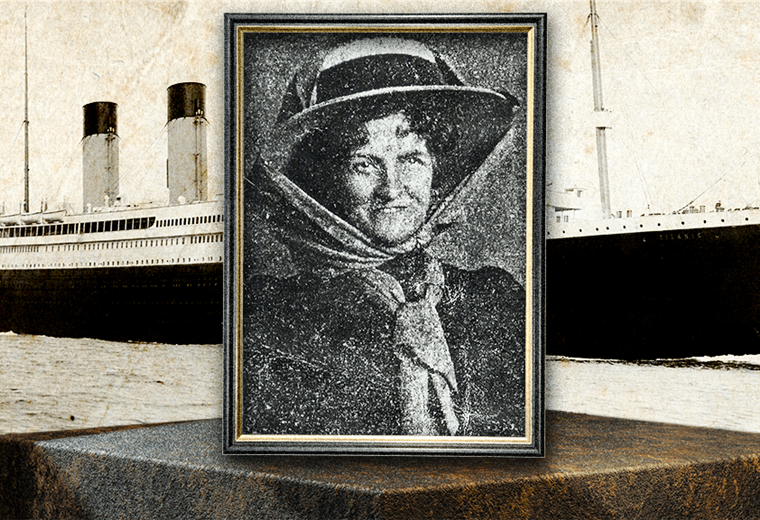August 13, 2024, 7:22 AM
August 13, 2024, 7:22 AM
A modern crocodile-skin handbag and small perfume bottles that still give off a powerful scent are just some of the items recovered from the Titanic, the world’s most famous shipwreck.
The exact location of the warehouse where these objects are kept is A well-kept secret to prevent theft. The only thing we can say is that it is located somewhere in the city of Atlantain Georgia, United States.
The shelves are lined with thousands of items: from a bathtub and a dented door, to etched glassware and tiny buttons.
The BBC had the rare opportunity to explore the warehouse and discover the stories behind some of these objects.
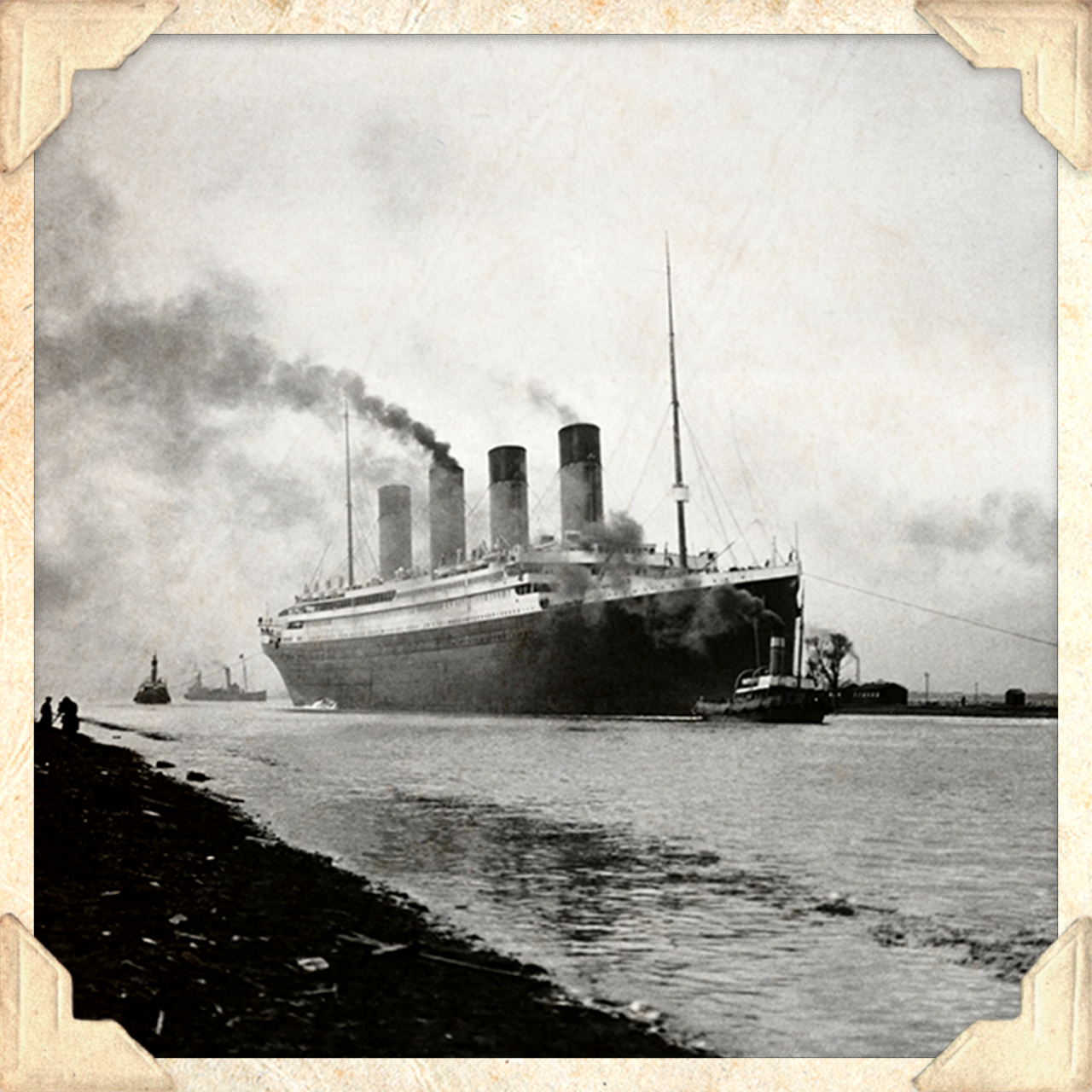
The story behind a bag
“It’s a really beautiful and modern little bag,” says Tomasina Ray, collections director at RMS Titanic Incthe American company that recovered these items.
The company has the rights to salvage the ship and over the years has recovered 5,500 objects from the shipwreck sitewhich happened between the night of April 14 and the early morning of April 15, 1912.
A selection of these objects are on display around the world.
The bag, made of crocodile skin, has survived for decades in the depths of the North AtlanticIt also preserves the delicate objects inside, which reveal details of the life of its owner, a third-class passenger named Marian Meanwell.
“She was a 63-year-old milliner,” says Tomasina. “She was traveling to the United States to be with her daughter, who had recently been widowed.”
Among the mementos was a faded photograph, believed to be of Marian Meanwell’s mother.
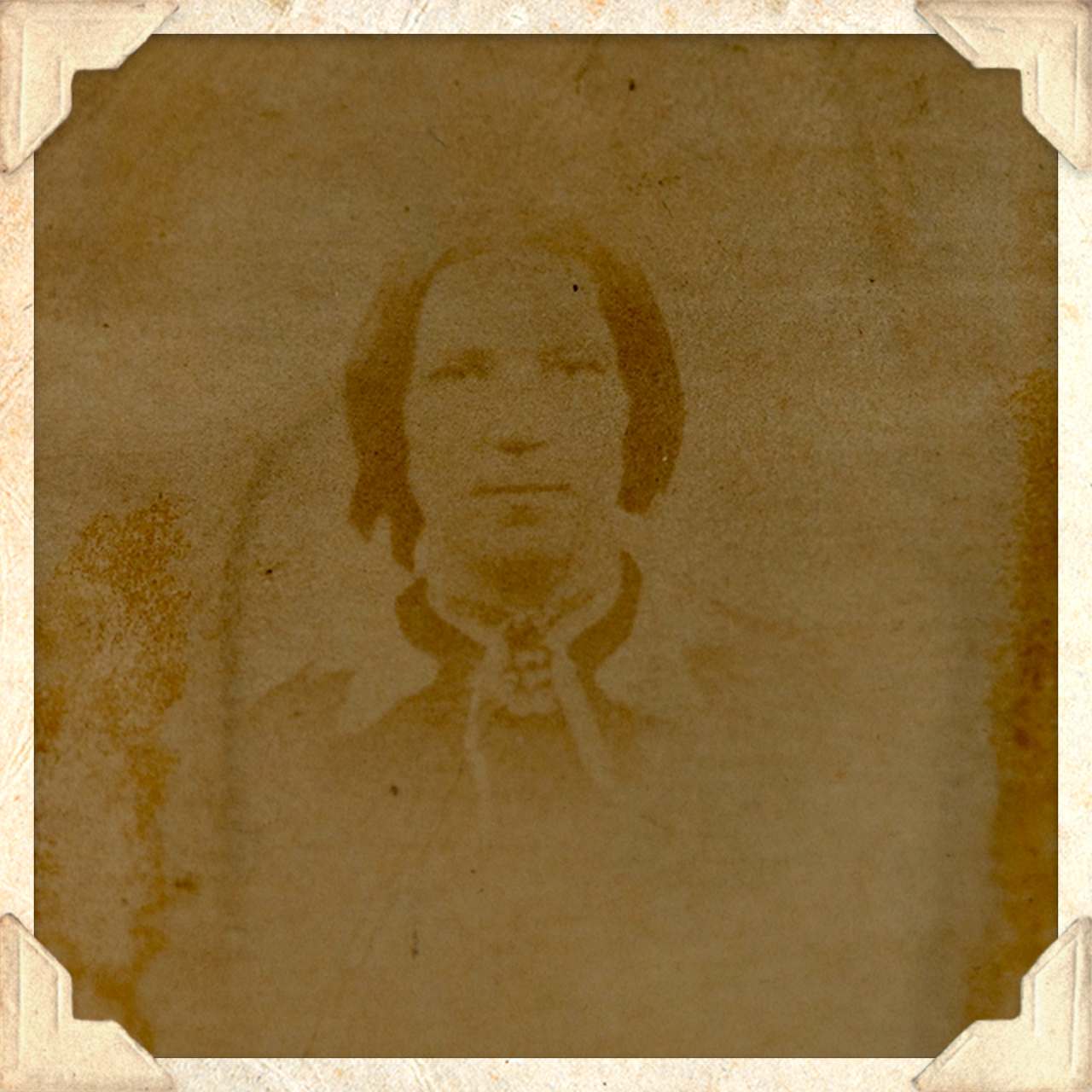
There was also documentation that the passenger would need for her new life in the United States, including a handwritten reference letter from her former landlord in London.
“We have always considered Ms. Meanwell to be a good tenant and punctual in her payments.”
Inside the bag was also her medical inspection cardwhich all third-class passengers needed to prove they were not carrying diseases USAHowever, this water-battered document reveals a tragic twist of fate.
Marian Meanwell had a reservation at the Majesticanother ship of the company White Star LineBut she did not sail, so the card shows Majestic crossed out and her ticket shows that she was transferred to the Titanic, where she became one of the 1,500 people lost their lives during the shipwreck.
“Being able to tell her story and have these objects is really important,” Tomasina says. “Otherwise she would just be another name on the list.”

A collection of perfumes
Objects belonging to survivors have also been recovered from the depths.
Tomasina opens a plastic container and a cloyingly sweet smell fills the air. “It’s very potent,” she admits.
In the warehouse there are small bottles of perfumeThey are sealed, but their strong aroma escapes, even after decades on the seabed.
“On board there was a perfume seller who had more than 90 bottles of this perfume,” explains Tomasina. It was called Adolphe Saalfeld and was traveling as a second-class passenger.
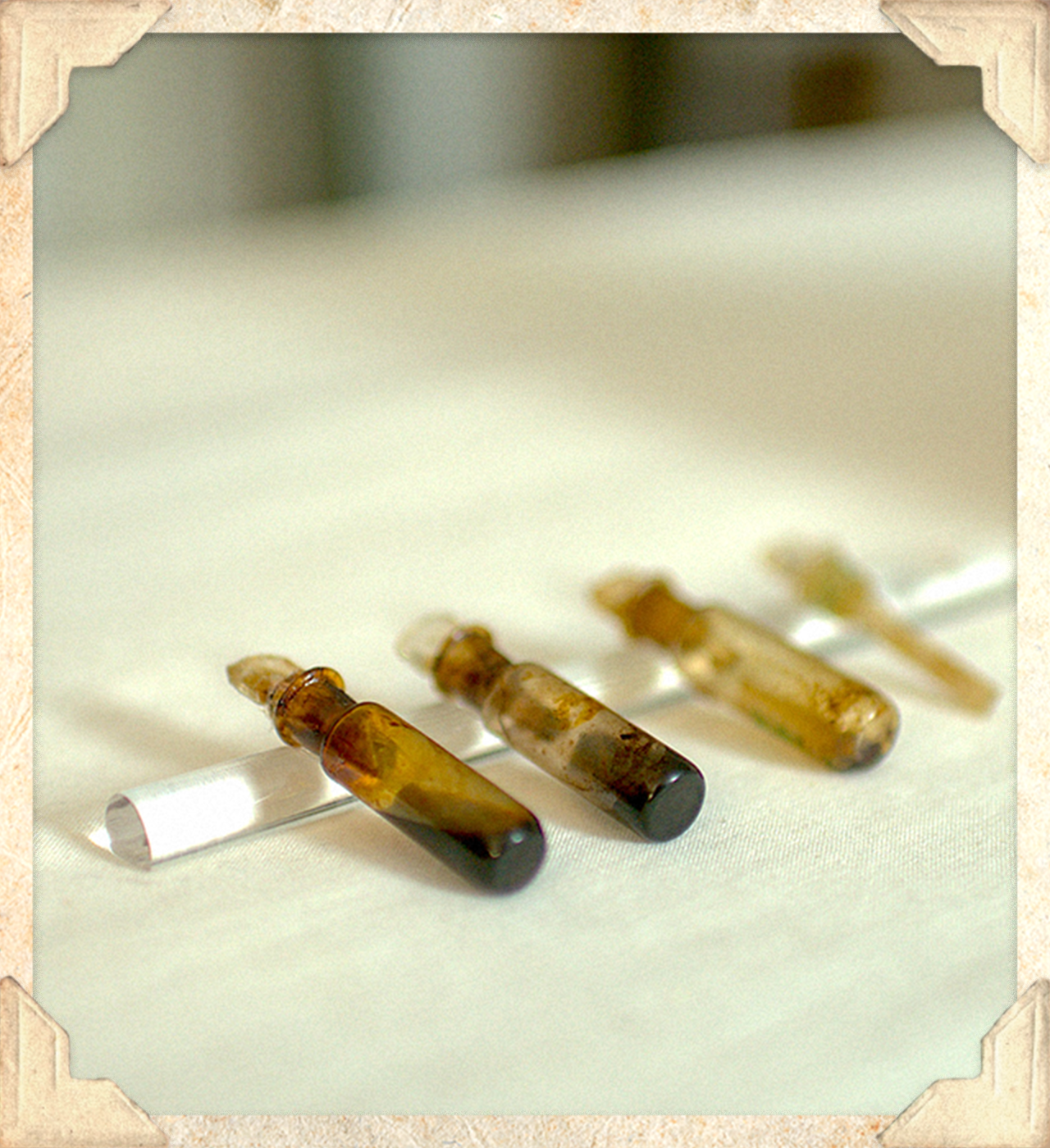
Saalfeld was one of the 700 people who survived. But since women and children had priority during the evacuationsome men who managed to get off the ship got into trouble.
“He was already dead when we found this,” Tomasina says. “But I understand that he lived with a bit of guilt, survivor’s guilt“.

Champagne bottles
The collection also includes a full bottle of champagnewhich preserves the drink inside and a cork on top.
“There would probably have been some water that entered through the cork when it was compressed and equalized the pressure. Then it just stayed at the bottom of the ocean,” says Tomasina.
When The Titanic sank in 1912, after hitting an icebergThe ship broke apart and everything inside was scattered, creating a vast debris field.

“There are many bottles at the bottom of the ocean and also many cooking pots and pans, because The Titanic broke up around one of the galleys“, says Tomasina.
There were thousands of bottles of champagne on board. The liner’s owner wanted his first-class passengers to experience the ultimate in opulence, with sumptuous surroundings and the finest food and drink.
“It was like a floating palace and the Titanic was supposed to be the most luxurious ocean liner.“, Tomasina adds. “So having champagne, having a gym, having all these amenities and these wonderful things for the passengers would have been very important to them.”
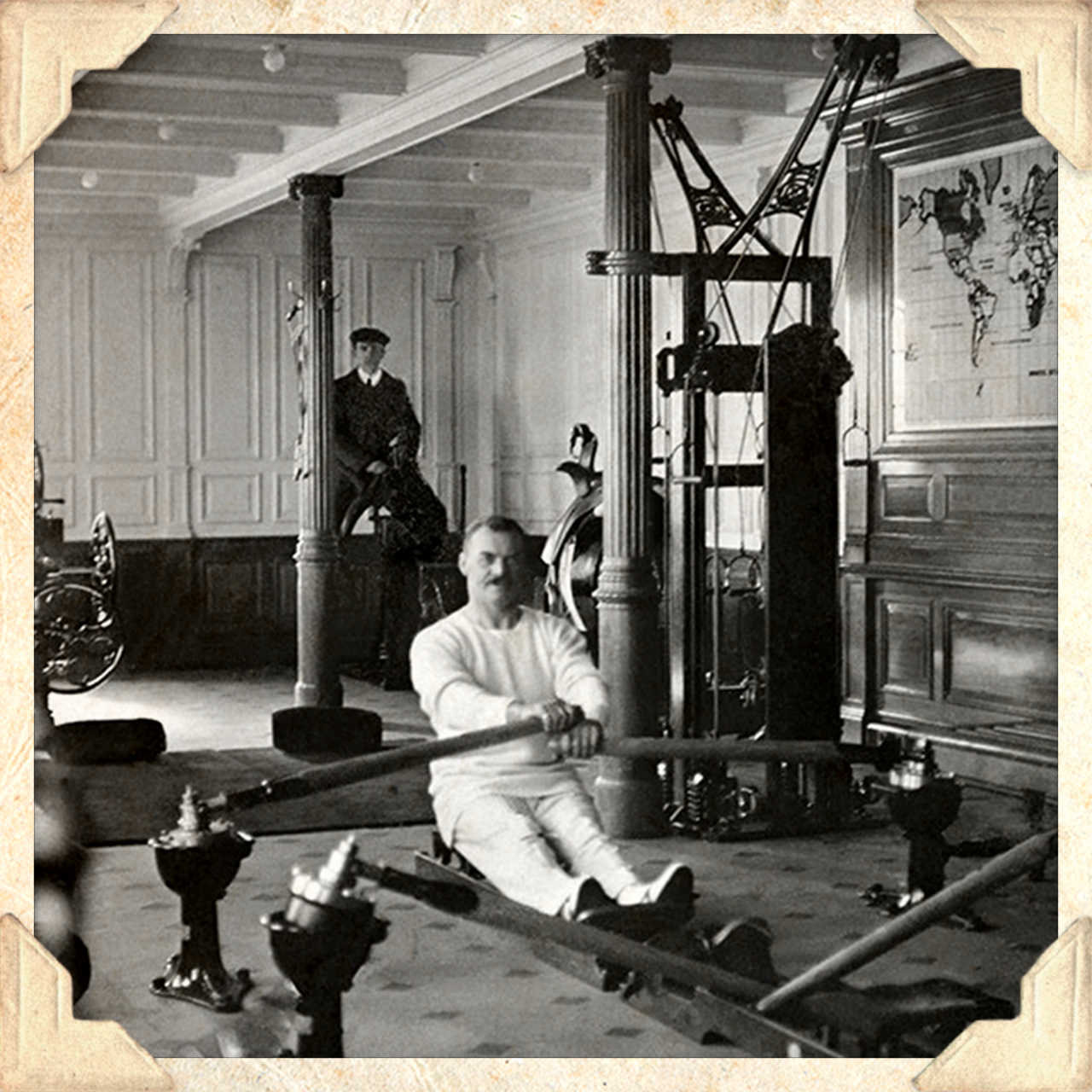
Revealing rivets
When it hit the iceberg, The Titanic was on its maiden voyage from Southampton, a port city in the south of the United Kingdom, to the United States..
The ship had advanced safety features for its time and was said to be unsinkable.
Tomasina shows us some of the ship’s rivets, thick pieces of metal that held together the vast steel plates. It is estimated that there were more than three million rivets.
“When the Titanic sank, There was a theory that perhaps they used poor quality materials and that was what made it sink faster,” explains Tomasina.

Some of these rivets have been examined for impurities.
“There were high concentrations of slag, which is a glass-like material that makes them perhaps a little more brittle in the cold,” he says.
“If these rivets were brittle and one of the rivet heads had come loose more easily, then it could have allowed the seam to open up where it hit the iceberg and made it larger than it would have been otherwise.”
Tomasina says there is still much to learn about exactly how the ship sank.
“We can help investigate the theories, so contributing to the science and history behind them is something we’re very happy to do.”

The class division
Life on board the Titanic varied according to social classeseven in the cups and plates in which they drank and ate.
A third-class white cup was simple and sturdy, with a bright red White Star logo on it. A second-class saucer had a pretty blue floral decoration and looked a little more elegant. A first-class saucer, however, was made of more delicate porcelain. It had a gold rim, and under the light, an intricate garland pattern could be glimpsed.
“That pattern would have been colored, but because it was fixed on the enamel it could be washed off,” says Tomasina.
Wealthy first class passengers received a silver service for their meals.but in third class the story was different.
“Third-class passengers would probably have handled the tableware themselves. It must have been much more stable and easy to handle, with much more ruggedness than the other tableware,” explains Tomasina.
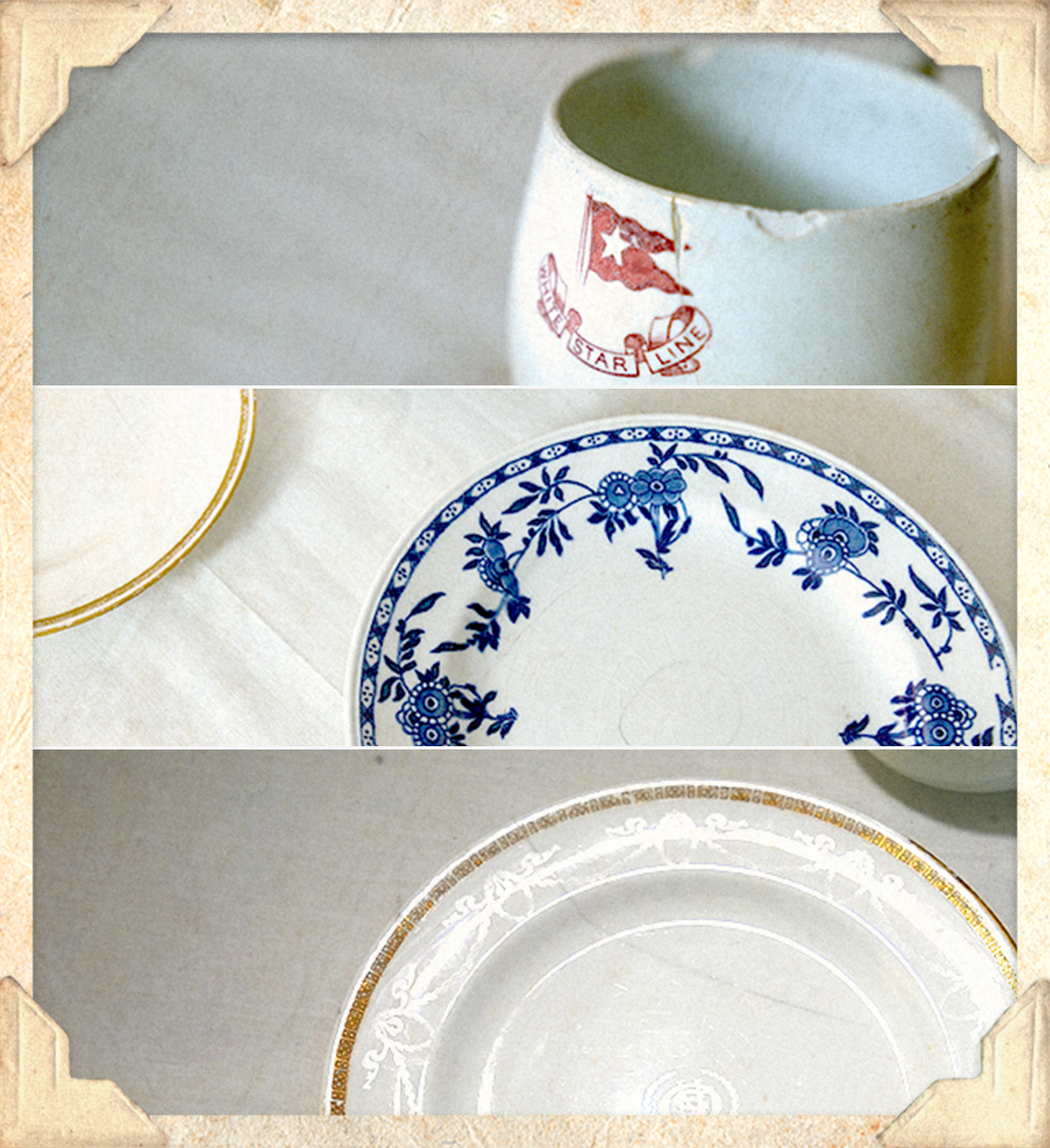
In 1944, an American court granted RMS Titanic Inc the right to be the only company legally authorized to recover objects from the siteBut this must be done under strict conditions: the items must always remain together, they cannot be sold separately and they must be properly stored.
So far, all the artifacts have been recovered from the debris field. But the company recently sparked controversy by declaring its desire to recover an object from the ship itself: the Marconi radio team that transmitted the Titanic’s distress calls on the night of the sinking.

Some believe the wreck is a grave and should be left alone.
“The Titanic is something we want to respect,” Tomasina replies. “We want to make sure that preserve the memorybecause not everyone can go down on the Titanic and we want to be able to bring that to the public.”
More shelf space may soon be needed in this secret warehouse.
The company’s latest expedition to the site involved taking millions of photos of the wreck to create a detailed 3D scan.
In addition to studying the current state of Marconi’s radio room, the team has also identified objects among the debris that they want to recover on future dives.
Who knows what they will find and what untold stories each article may reveal about the ill-fated Titanic and its passengers.

And remember that you can receive notifications in our app. Download the latest version and activate them.
